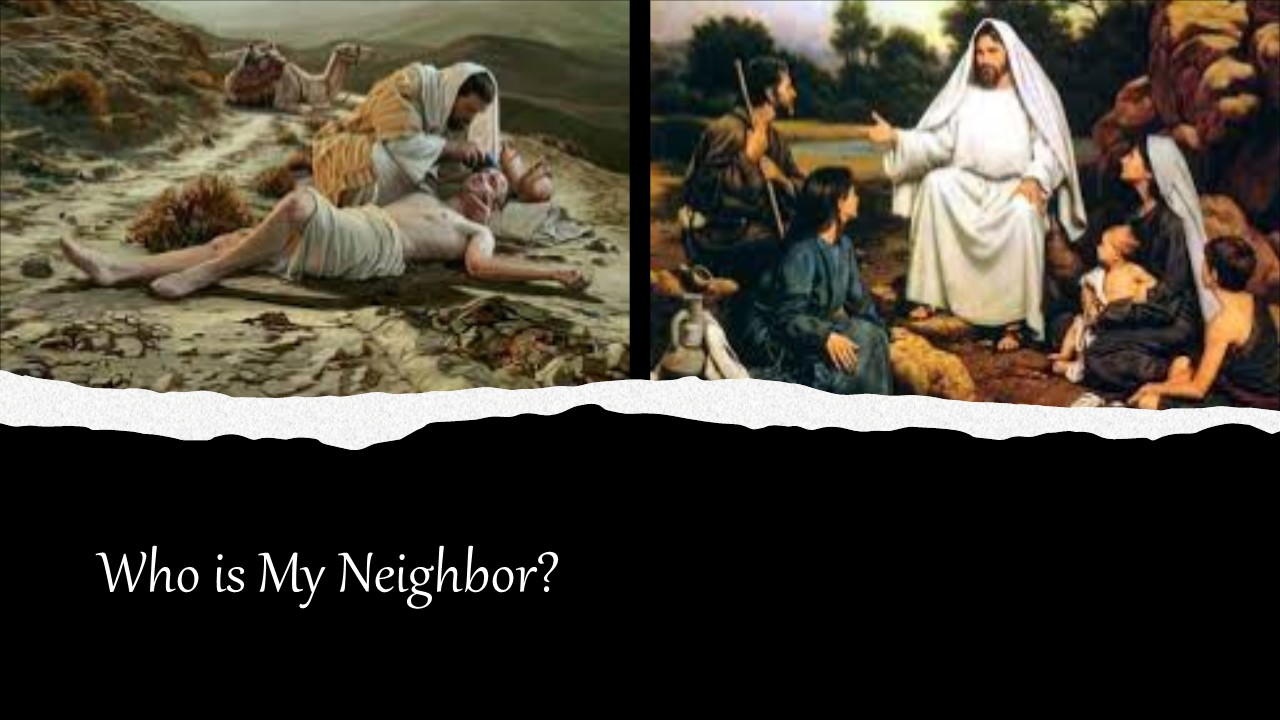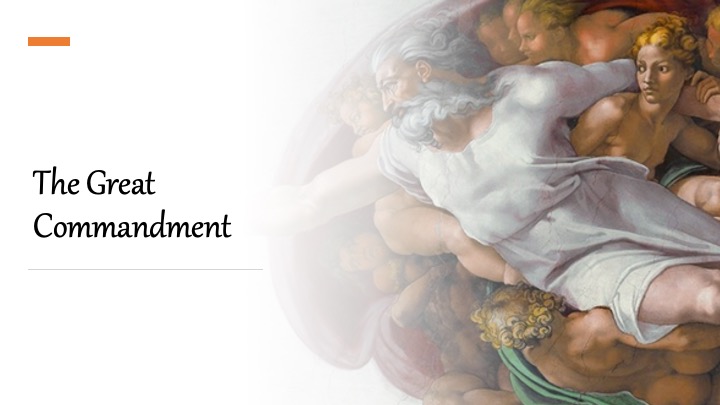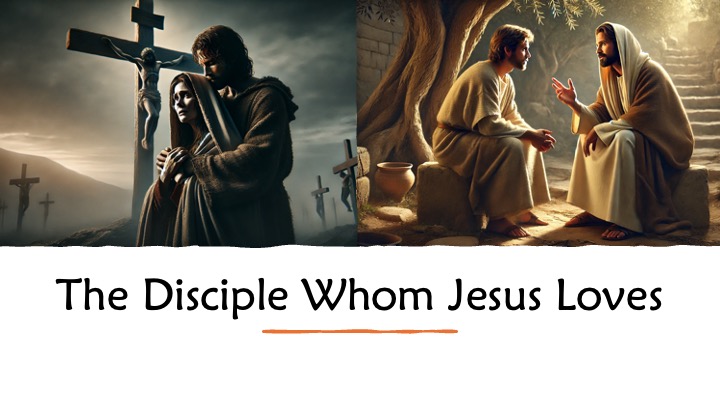The earliest known complete list of the 27 books of the New Testament is found in a letter written by Athanasius, a 4th-century bishop of Alexandria, dated to AD 367. The 27-book New Testament was formally canonized during the councils of Hippo (in AD 393) and Carthage (in AD 397) in North Africa. Pope Innocent I ratified the same canon in AD 405. Whether any official church councils certified lists at earlier dates has been the subject of some debate. But the books of the New Testament have been accepted and settled as canonical for most of the time that the church has been established in the period following Roman persecution.
The New Testament includes stories, historical accounts, genealogy, poetry, allegories, letters, and so much more. For today’s top ten list, we share “Ten Quick Facts about the Structure of the New Testament.”
Scriptures referenced include Colossians 4:16; James 1:1; 1 Peter 1:1; 3 John; 2 John; Luke 1; Revelation 15; John 11:35; and Revelation 20:4.

Jesus tells a parable about a man who is robbed and left to die who is helped by a Samaritan passer-by. Samaritans are considered...

What does the gospel of Matthew teach us about the first guideline for abundant living? This guideline is based on a commandment that regulates...

In today’s episode, we continue our series of devotionals based on the songs from our musical The Disciple Whom Jesus Loves. We turn our...